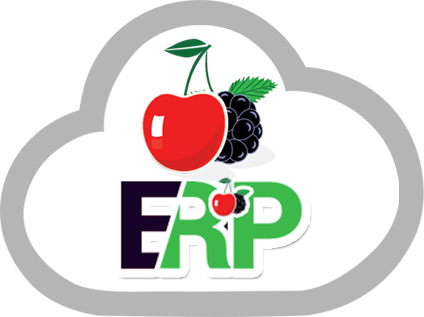How ERP for Human Resource Management is Essential for Modern Bussiness
ERP software can automate and streamline a lot of HR-related tasks. These systems allow users to access the latest and most precise information in real-time by consolidating data from multiple HR processes into a single database. Different human resources processes, such as payroll, instruction, evaluation, and personnel self-service for customers can interact and work together with one another more easily as a result of the integration. When an enterprise resource planning (ERP) system is integrated into a human resource management (HRM) framework, it generates powerful resources that can be used to enhance productivity. Moreover, it improves efficiency and strengthens long-term planning and decision-making. Examining ERP for Human Resource Management in detail, this article probes its features, advantages, implementation tactics, and effect on business output.
Importance of ERP for Human Resource Management (HRM)
Onboarding
During onboarding, the ERP system automates many processes that were previously manual. Such as advertising open positions, reviewing applications, and locating potential candidates. They facilitate onboarding through their supervision of documentation, training programs, and orientation sessions.
Accounting Software
Enterprise Resource Planning (ERP) systems streamline payroll processing, guaranteeing punctual and precise salary distributions. They mitigate the possibility of mistakes and legal complications by handling tax computations, benefits administration, and compliance with labour laws.
Management of Performance
ERP for human resource management systems facilitates performance reviews by keeping tabs on staff objectives, comments, and assessments. Performance metrics, reviews, and development plan management tools are all part of their offering.
Training and Development
ERP systems handle managing training programs, including scheduling sessions, tracking participation, and evaluating effectiveness, in the training and development domain. To better equip workers, they aid in determining where they are lacking in competence and then devise strategies to fill those gaps.
Time Tracking
Human resource management achieves automation of time and attendance tracking, management of attendance, and processing of leaves. They work in tandem with payroll systems to guarantee precise pay rates determined by accrued time off and actual work hours.
Management of Compliance and Risk
A complex web of rules and compliance requirements is a maze that HR departments must traverse. Automating compliance procedures and producing real-time reports are two ways in which ERP for Human resource management systems guarantee compliance with federal, state, and local laws. This lessens the possibility of not complying and the fines that come with it.
Human Resource Management Submodules
Payroll
A payroll submodule embraces automated processes, which typically interconnect with an HR module. ERP automation is something that is encouraged by parol managers because the processing of payroll is a task that is both difficult and time-consuming. Around one-third of small businesses devote more than six hours per month to the process of handling payroll. When employees share information such as time management and performance tracking, payroll can accurately calculate salaries, benefits, taxes, and deductions.
Management of both time and attendance
The generation of timesheets and the monitoring of attendance are both tasks that can be automated by ERP for Human Resource Management. It is possible to align these timesheets with an employee’s payroll, which will notify the payroll staff if sick pay needs to be applied or a deduction needs to be made for unnotified leave. In addition, a time and attendance module will be responsible for managing leave requests and monitoring overtime. Consequently, this notifies the heads of departments about the absences of employees in each department.
Reporting
Staff members can generate insightful reports and analytics when they have access to a steady stream of information coming from all of the business’s departments and functions. When it comes to human resources, an ERP module can not only help reduce the amount of time it takes to gain insight by 75%, but it also enables better decision-making by making use of accurate employee data.
Recruitment
Dashboards that display data on the following topics are available to HR managers, for instance:
- The typical age of workers in the sector
The majority of employees’ places of employment (country, department, etc.)
- When compared to the average turnover rate
To identify business areas that require employee recruitment, recruitment ERP For Human Resource Management modules collects data from submodules such as performance tracking.
Development and Personnel Orientation
To ensure that businesses are providing the most productive and efficient onboarding experiences possible, onboarding submodules make use of integrated data. Automating ERP functions ensures that HR provides new employees with the appropriate working equipment (laptops, uniforms, etc.) for their specific role at the appropriate time.
After that, the onboarding process is monitored to determine what kinds of training are necessary, when orientations are scheduled, and to keep track of how employees are developing their skills.
Conclusion
Revolutionary tools that improve HR departments’ precision, effectiveness, and strategic capabilities are ERP for human resource management. The integration of ERP systems into human resource management (HRM) will be vital in cultivating a workforce that is adaptable, productive, and robust. Investing in a powerful ERP system not only provides a technical upgrade but also serves as a strategic measure to achieve long-term organisational goals.
